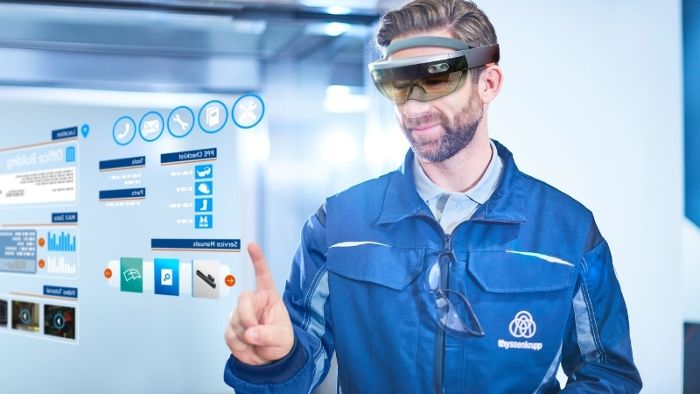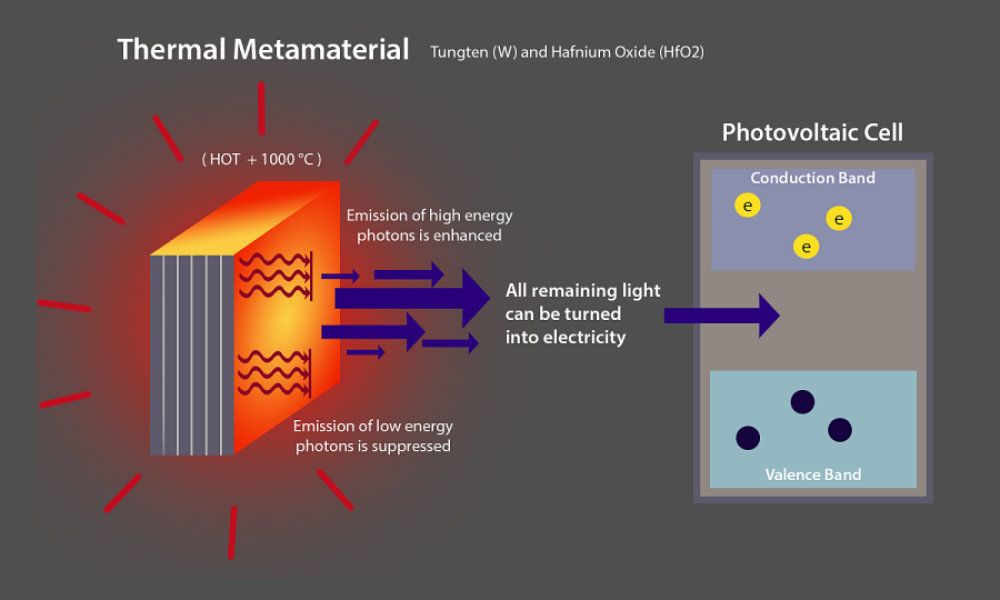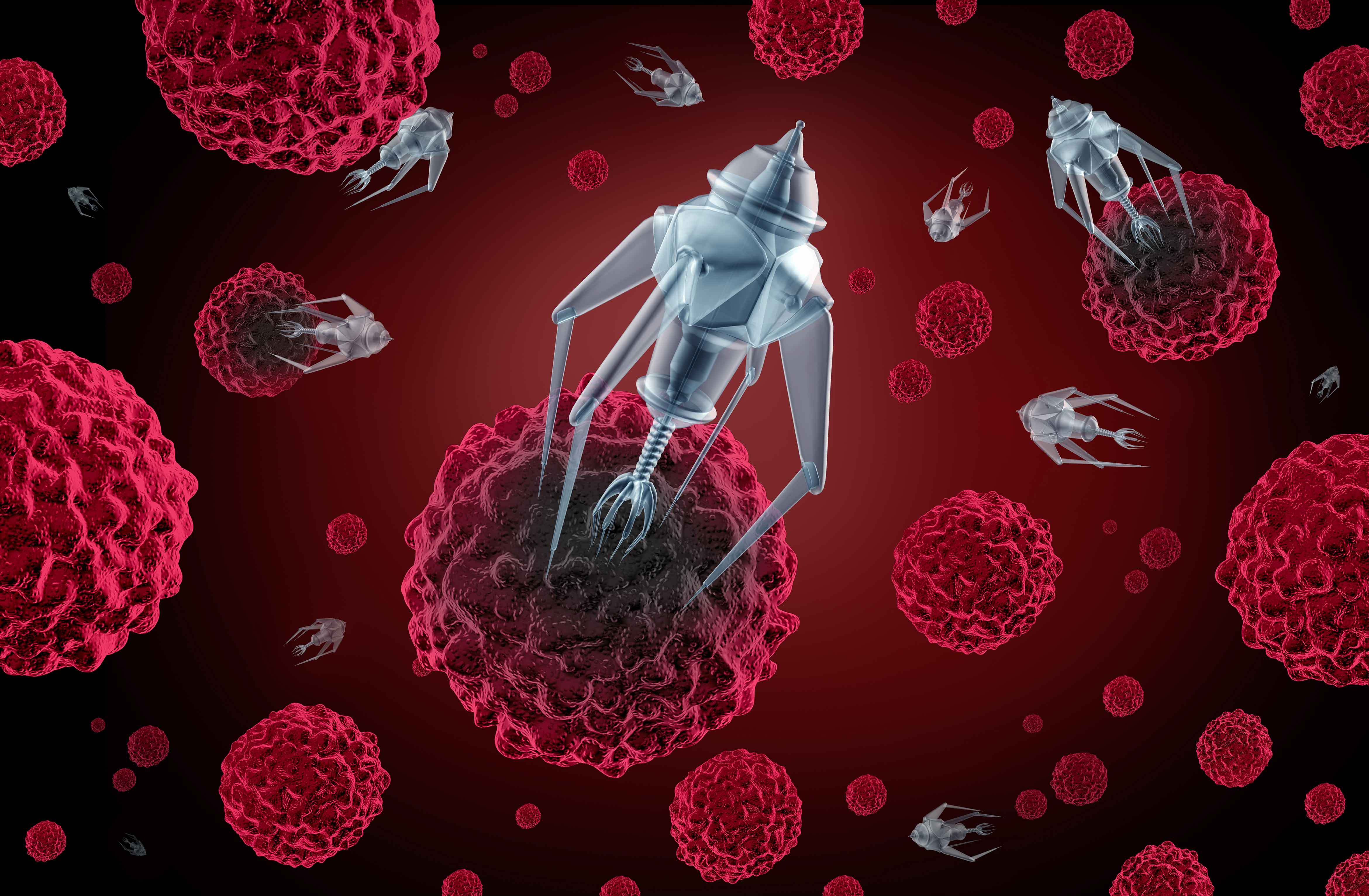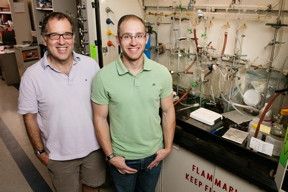Sep 15, 2016
Hotel de Slaapfabriek to construct Europe’s first zero-footprint 3D printed building in 2017
Posted by Karen Hurst in categories: 3D printing, business, energy, transportation
3D printing obviously has many advantages, but energy efficiency is one that is rarely mentioned. In fact, depending on the application and scale, 3D printing produces far few carbon emissions than many other manufacturing options. In an attempt to harness that advantage, the luxurious Dutch Hotel De Slaapfabriek from Teuge is planning to build a unique, 3D printed and zero-footprint conference location that provides a highly inspiring and modern environment. Construction is scheduled to kick off in July 2017, and could be completed in as little as ten days. If successful, it could pave the way for a new environmentally-friendly construction 3D printing paradigm.
This forthcoming structure could not have picked a more inspiring location in the Netherlands. De Slaapfabriek is a luxurious experience hotel in Teuge, The Netherlands (very near to International Airport Teuge in Gelderland). With unique twelve rooms available to clients, it’s a premier location for honeymoons and business trips. Since opening its doors in 2009, De Slaapfabriek has also won award after award, and currently boasts a Booking.com appreciation score of 9.3. The only thing that’s missing is a conference location, and when necessary the luxury breakfast and lounge area is transformed into a conference room. But this is not the best solution, and founders Arvid and Marjo Prigge developed an ambitious plan: to construct a completely new, environmentally-friendly conference location.

















